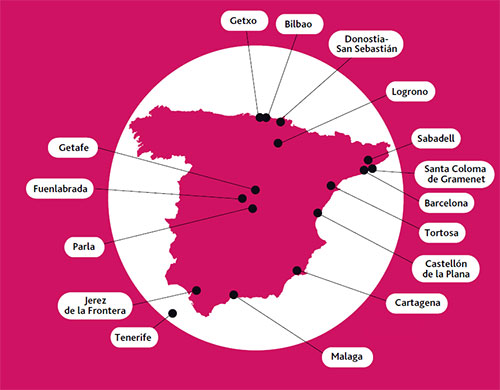Tenerife, Spain - Intercultural City

Tenerife is the largest (2.034.36 km2) and most populated island (944.107 inhabitants in January 2024) of the Canarias archipelago. Its economy is based on the tourism sector, due to the fact that it received over 5 million visits in 2023 particularly from the European continent.
In January 2023, Tenerife’s population counted 931.646 inhabitants, of which 456.403 men and 475.243 women. Out of the total, 85,87% of its inhabitants are Spanish from birth, with 80,64% born on the Canary Islands and 9,34% born in another Spanish territory. Out of the total, 22,71% are foreign-borns. The largest minority groups come from America (12,08%) and Europe (8.22%). For example, the 5,64% of Tenerife’s inhabitants come from Venezuela and the 2.38% from Cuba. From Europe the following data has been collected: the 1.57% comes from the UK, 1.04% from Germany and 2.12% from Italy, becoming in the last years the number one european nationality in the island.
In January 2014, Tenerife’s population counted 889.936 inhabitants, of which 438.777 men and 451.159 women. Out of the total, the 80.44% of its inhabitants is Spanish from birth, with 72.63% born on the Canary Islands and 7.82% born in another Spanish territory. Out of the total, the 13.04% are non-nationals, whereas the 6.51% are foreign-borns. The largest minority groups come from America (9.33%) and from Europe (8.22%). For example, the 3.86% of Tenerife’s inhabitants come from Venezuela, the 1.64% from Cuba and the 0.98% from Argentina. From Europe the following data has been collected: the 1.93% comes from UK, 1.41% from Germany and, similarly, the 1.37% from Italy.
- What is the ICC Index?
- Tenerife Results : 1st report (December 2015) / 2nd report (August 2018) / 3rd report (April 2021)

Rosa Elena Dávila MAMELI





